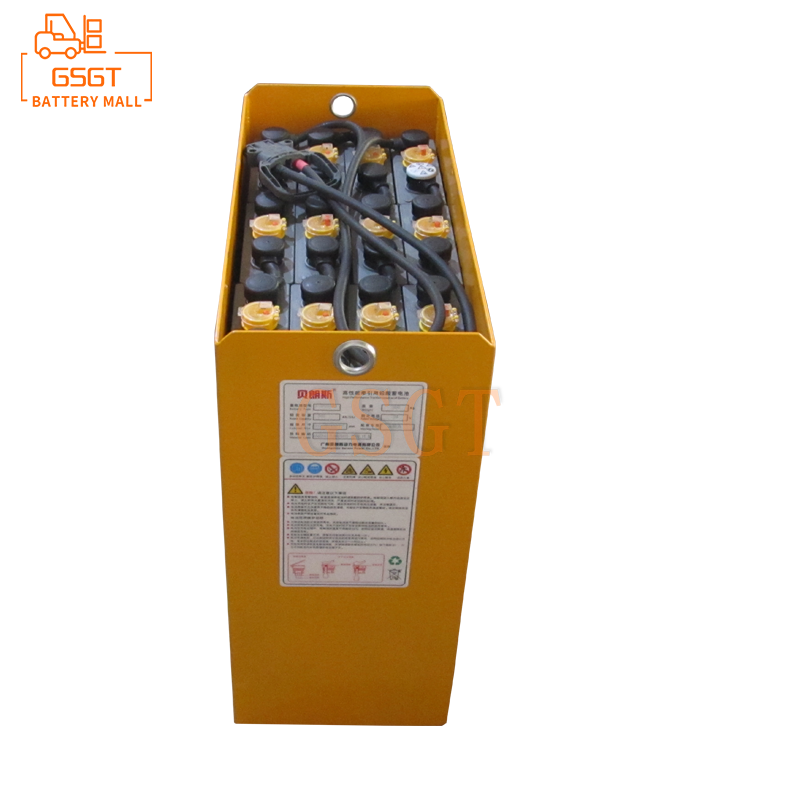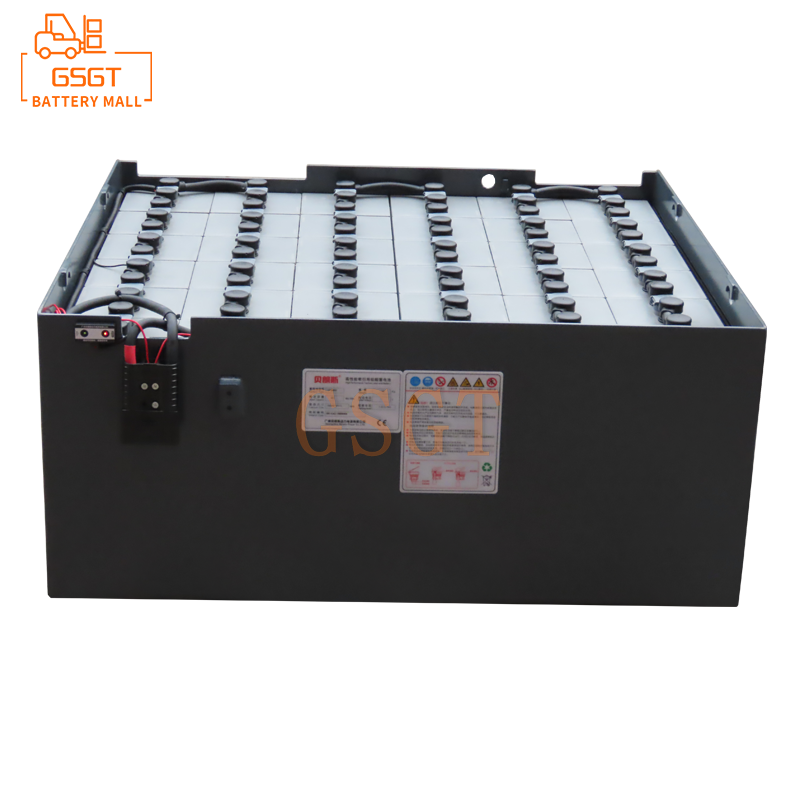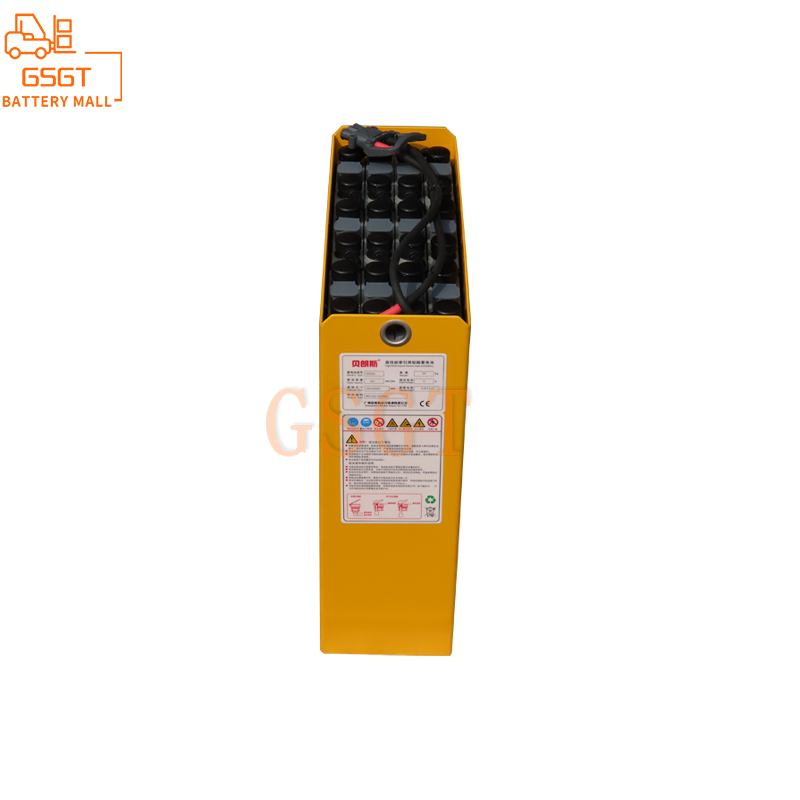Time:2025-03-12 11:52:26
Browse:220
Lead-acid batteries are widely used in our lives, from the daily transport of electric vehicles to the backup equipment as an emergency power supply to ensure power supply, it is inseparable from its figure. However, many users may have experienced the situation of lead-acid batteries, which not only affects the battery performance, but also may bring safety risks. For effective prevention, we must first understand the causes behind the bulge.
## One, overcharging
When using a mismatched or faulty charger, it is easy to cause overcharging problems. Under normal circumstances, when the lead-acid battery is close to full state, the internal chemical reaction is near the end, and the current is mainly used for electrolyzing water to produce hydrogen and oxygen. However, if the charger continues to charge with a large current, the gas production speed inside the battery will far exceed the gas discharge speed. Imagine that the battery is like a sealed small room, a steady stream of gas is crowded into the room, the pressure is increasing, and eventually the battery shell can not withstand the phenomenon of bulging. To avoid this, be sure to use a charger that matches the battery specifications. When purchasing a new charger, carefully check the product parameters to ensure that its output voltage and current are consistent with the battery requirements. At the same time, regularly check whether the charger is working normally, if it is found that the charging heat is serious, the indicator light is abnormal, etc., timely maintenance or replacement.
## Two, the charging ambient temperature is too high
Lead-acid batteries are extremely sensitive to temperature, and charging at high temperatures will accelerate the chemical reaction rate inside the battery. In the hot summer, stop the electric car in the hot sun to charge, the ambient temperature of the battery may be far beyond the normal working range. The chemical reaction inside the battery is too active, the gas production speed is accelerated, and the high temperature will also make the battery shell material soft and reduce the strength. This is like pumping up air quickly in an otherwise solid balloon, while the balloon material is still getting soft, the balloon is easy to expand and deform, and the battery will bulge. Therefore, when charging, try to choose a cool and ventilated environment to avoid direct sunlight. If you are charging indoors, make sure the charging area has good air circulation. If conditions exist, air conditioners can be installed to adjust the ambient temperature and control the temperature between 25 ° C and 35 ° C, which is a more suitable charging temperature range for lead-acid batteries.
## Three, battery quality problems
Some lead-acid batteries produced by small manufacturers have defects in the production process and raw material selection. For example, the plate material is not pure enough and contains more impurities, which will cause additional side reactions inside the battery and produce gas. Or the battery shell material toughness, strength is insufficient, can not withstand the internal pressure generated during normal charging. Taking the battery shell made of inferior plastic as an example, it is easy to deform and bulge when the internal pressure of the battery is slightly increased. Therefore, when buying lead-acid batteries, we should choose regular channels and look for well-known brands. Big brands usually have more stringent production standards and quality control systems, which can maximize the quality of products. When purchasing, check the product's qualification certificate, production batch and other information, and also learn about the after-sales service of the product from the merchant.
## Four, frequent deep discharge
If the lead-acid battery is often in a state of excessive discharge, the lead sulfate on the plate will accumulate in large quantities, and the crystalline particles will become larger, which will destroy the structure of the plate. When the plate is charged again, it is difficult to recover the active material of the plate, and due to the damage of the plate structure, the internal resistance of the battery increases, and the heat production increases, which in turn causes the internal gas production to rise, and eventually leads to the battery bulge. In daily use, attention should be paid to reasonably controlling the depth of battery discharge. Taking electric vehicles as an example, try to avoid completely running out of power before charging, when the remaining power is about 20%-30%, it should be charged in time. Developing good charging habits can effectively extend battery life and reduce the occurrence of problems such as bulges.
Lead-acid battery bulges are the result of many factors. From choosing high-quality products, matching suitable chargers, to controlling the charging environment temperature and rational use of batteries, each link cannot be ignored. By taking these precautions, you can not only reduce the risk of battery bulges, but also make lead-acid batteries more stable and provide more reliable power support for our lives and work.

$1105

$4045

$1270

$2040

MESSAGE
Professional And Efficient
Security
Affordable Price
Professional Services